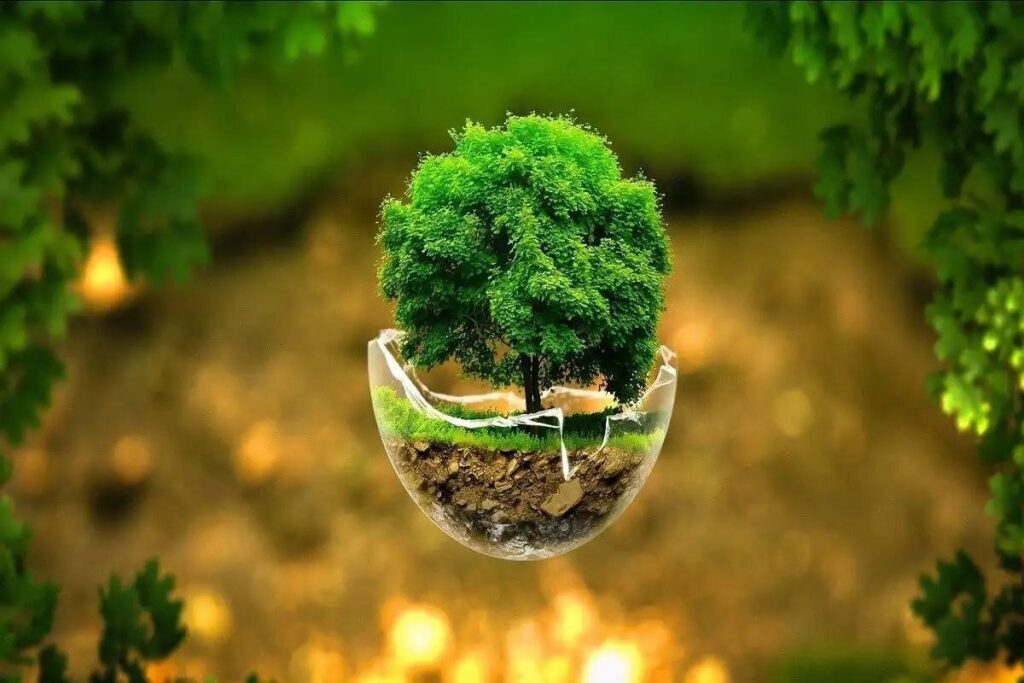Tehran – National Environment Week is observed from June 6th to 12th under the theme of “Advantageous Environment, Official Commitment, People’s Participation.”
This year’s theme emphasizes the need for dedicated officials and individual cooperation to preserve the environment. According to the Ministry of the Environment (DOE), the week aims to raise public awareness, promote social responsibility and promote sustainable planning.
It serves as a reminder of our shared responsibility to protect the planet. An opportunity to review our actions, reform our policies and strengthen our culture of conservation. In an age where environmental crises such as climate change, air pollution, degradation of natural resources, and loss of biodiversity pose greater threats to life on the planet, changing attitudes, public participation, and national resolve are necessary to protect the environment.
The days of the week are named as follows:
Friday, June 6th, “The Battle of Waste Management and Plastic Pollution”
Saturday, June 7th, “Training, General Participation, Social Responsibility”
Sunday, June 8th, “From Preservation of Wetlands to Prosperous Seas”
Monday, June 9th, “Biodiversity: Domestic Assets”
Tuesday, June 10th, “Environmental Protection and Investment in Production”
Wednesday, June 11th, “Environmental Governance and Official Accountability”
Thursday, June 12th, “Environment and Modern Technology”
World Environment Day, led by the United Nations Environment Programme (UNEP), is celebrated every year on June 5th since 1973. It is the largest global platform for environmental public outreach, celebrated by millions of people around the world.
The “Plastic Pollution” Day, the 2025 Global Environment Day, was called for action to tackle plastic pollution. World Environment Day highlights the growing scientific evidence regarding the impact of plastic pollution and encourages momentum to build a cleaner, more sustainable future to reject, reduce, reuse, recycle and rethink the use of plastics.
Over 400 million tons of plastic are produced worldwide each year, half of which are designed to be used only once. Of these, less than 10% are recycled.
An estimated 11 million tonnes ends in lakes, rivers and oceans each year. This weighs about 2,200 Eiffel Towers. Microplastics – small plastic particles up to 5mm in diameter – find a way to food, water and air. It is estimated that each person on the planet consumes more than 50,000 plastic particles per year, and even more if inhalation is considered.
Discarded or burned plastic on one foot is harmful to human health and biodiversity, polluting all ecosystems from the peaks to the seabed. With available science and solutions to tackle the problem, governments, businesses and other stakeholders need to scale and speed up their actions to resolve this crisis.
You must participate in the general public
According to Shina Ansari, head of the Ministry of the Environment (DOE), a single organization cannot maintain the environment on its own. Environmental issues are best addressed through public participation.
“Habitats, wildlife and wetlands have many environmental challenges and cannot be addressed by the Ministry of Environment’s efforts and measures alone,” Ilib quotes Ansari.
Officials made a statement at the closing ceremony of the 22nd International Environmental Exhibition, which was held from December 18th to 22nd, 2024.
According to the constitution, it is everyone’s responsibility to protect the environment, Ansari added.
She sought support and cooperation from various classes, organizations, economic sectors, activists, government agencies such as the Ministry of Education, Agriculture and Foreign Affairs.
Ansari further noted that in order to be able to preserve the environment, we need to recognize it as one of our main concerns.
The 22nd International Environmental Exhibition was held on the theme of “Public Engagement, Green Economy, and a Sustainable Future.”
The focus was on the “economic environment, environmental economy” and emphasized the importance of social responsibility in protecting the environment.
It aims to raise public awareness of environmental issues, provide opportunities to exchange knowledge and experience among experts, experts and environmental activists, implement innovative solutions and use of advanced technologies, and provide opportunities to reduce fuel and energy consumption.
One of the other goals of the exhibition was to preserve natural resources, promote interaction and cooperation between institutions, organizations and businesses operating in the field of environmental and energy, promote the concept of sustainability and social responsibility among people, and encourage environmentally friendly behavior.
The event also sought to persuade industry, mining and petrochemical units to support the conservation of plants and animal species and encourage measures to improve air quality.
mt/mg

